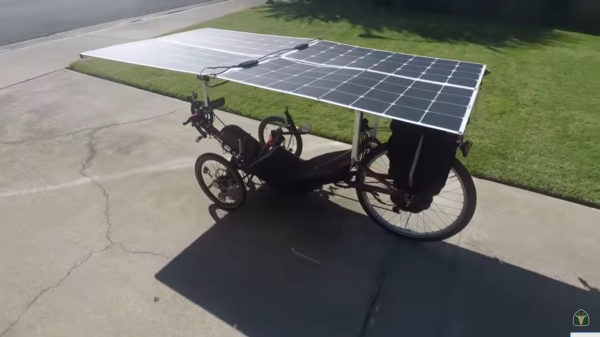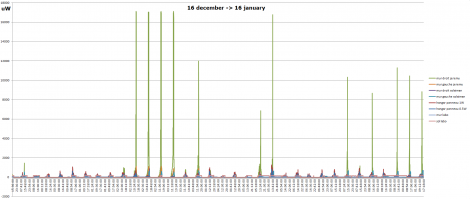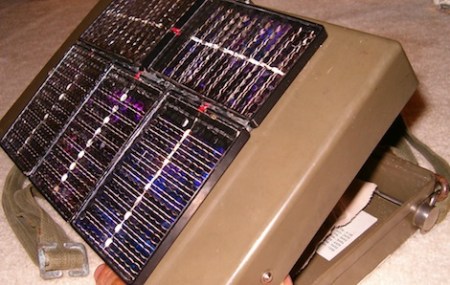Finally, someone decided to answer the question that nobody was asking: what if [Benjamin Franklin] had had a drone rather than a kite?
Granted, [Jay Bowles] didn’t fly his electricity-harvesting drone during a thunderstorm, but he did manage to reach some of the same conclusions that [Dr. Franklin] did about the nature of atmospheric electricity. His experimental setup was pretty simple: a DJI Mini2 drone with enough payload capacity to haul a length of fine-gauge magnet wire up to around 100 meters above ground level. A collecting electrode made of metal mesh was connected to the wire and suspended below the drone. Some big nails were driven into the soil to complete the circuit between the drone and the ground.
[Jay] went old-school for a detector, using a homemade electroscope to show what kind of static charge was accumulating on the electrode. Version 1 didn’t have enough oomph to do much but deliver a small static shock, but a larger electrode was able to deflect the leaves of an electroscope, power a beer can version of a Franklin bell, and also run a homemade corona motor. [ElectroBOOM] makes a guest appearance in the video below to explain the physics of the setup; curiously, he actually managed to get away without any injuries this time. Continue reading “Drone Replaces Kite In Recreation Of Famous Atmospheric Electricity Experiment”


















